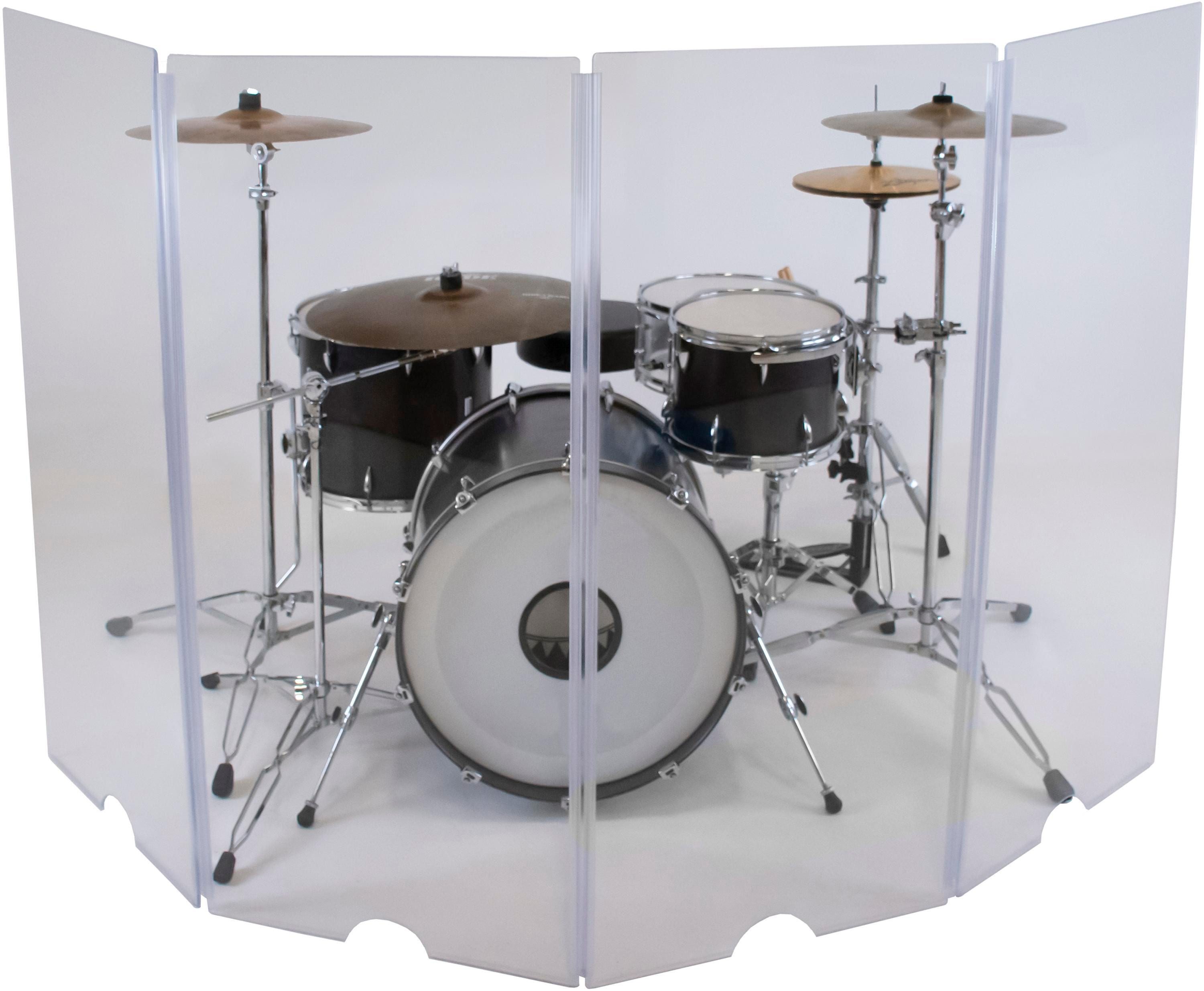Mickster
Well-known member
I've been trying to find ear plugs for use at band practice. I've tried MANY....all for professional musicians....even a custom set....but they all do the same thing. They do cut down the db's and some are better than others at maintaining fidelity across the frequencies but let's face it.....they mostly cut higher frequencies and cannot really stop lower frequencies very well.
You know how it sounds when you're standing a distance outside a club where a rock band is playing? You can hear the bass drum and guitar much better than the other instruments and vocals. As all of us know....it's VERY difficult to block the bass guitar and bass drum frequencies. They travel through material easier than higher sounds. So...that being said...I'm not suprised that earplugs are not much different. I play a strat in practice and it's very difficult to hear my sound with the ear plugs.
Anyway....ok....so I have to go in a different direction. Most pros use IEM's it seems. I'm guessing they don't block low frequencies any better than ear plugs but they add in the rest at a level that isn't harmful. Do I have that right?
Is there an IEM system that is not plugged into the sound board? In other words....an independant system perhaps with it's own mic...etc? Could I make a system from components? Any ideas??? Educate me!!
Mick
You know how it sounds when you're standing a distance outside a club where a rock band is playing? You can hear the bass drum and guitar much better than the other instruments and vocals. As all of us know....it's VERY difficult to block the bass guitar and bass drum frequencies. They travel through material easier than higher sounds. So...that being said...I'm not suprised that earplugs are not much different. I play a strat in practice and it's very difficult to hear my sound with the ear plugs.
Anyway....ok....so I have to go in a different direction. Most pros use IEM's it seems. I'm guessing they don't block low frequencies any better than ear plugs but they add in the rest at a level that isn't harmful. Do I have that right?
Is there an IEM system that is not plugged into the sound board? In other words....an independant system perhaps with it's own mic...etc? Could I make a system from components? Any ideas??? Educate me!!
Mick



 Yup could enjoy the bands without the ringing....If only I had done that more during the band rehearsals days back when we rehearsed 5 days a week....I have tinnitis but I am able to ignore it unless I start talking about it ...like right now...dang!
Yup could enjoy the bands without the ringing....If only I had done that more during the band rehearsals days back when we rehearsed 5 days a week....I have tinnitis but I am able to ignore it unless I start talking about it ...like right now...dang!